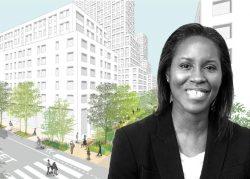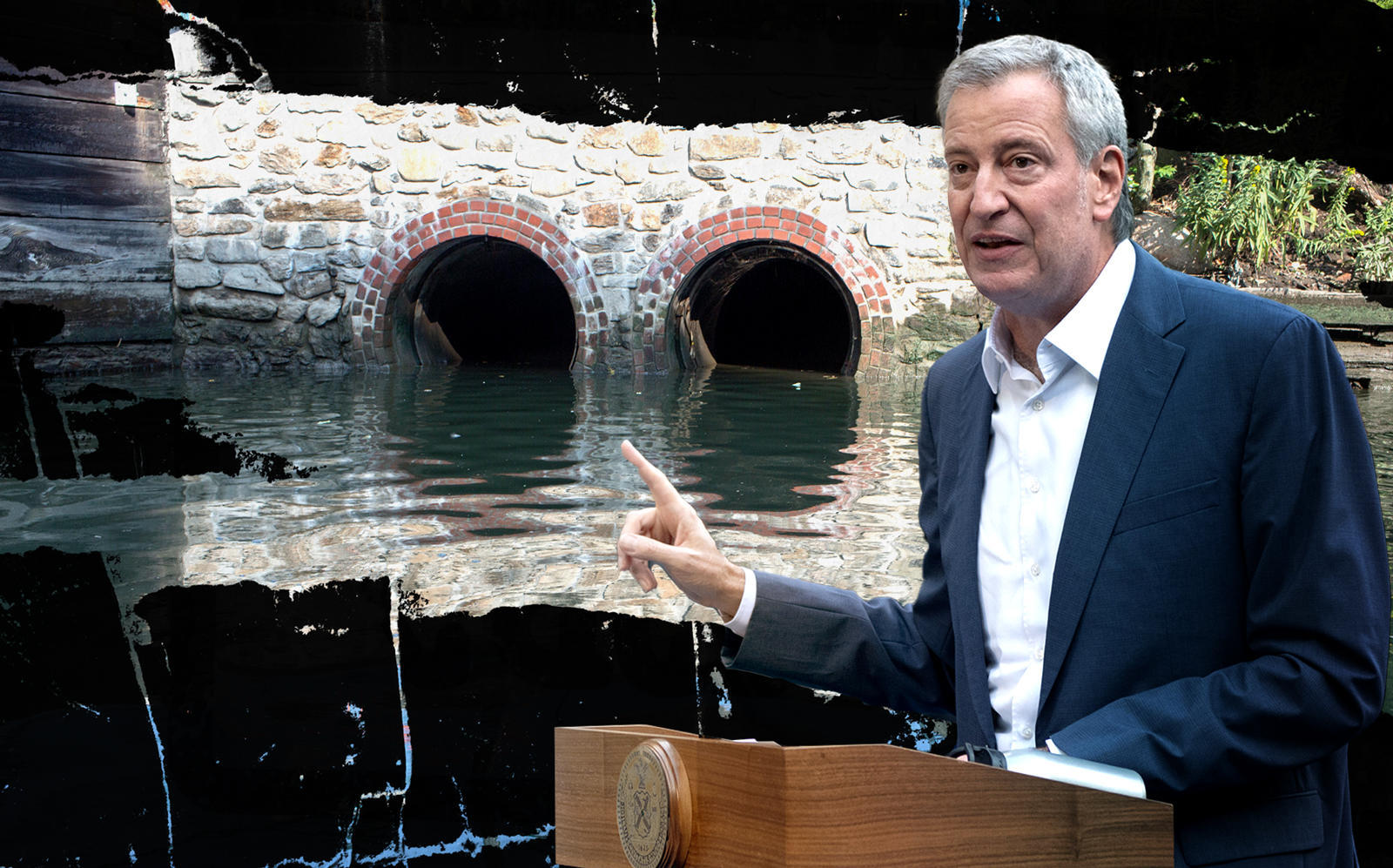 Massive Gowanus development will be 100% affordable
Massive Gowanus development will be 100% affordable
Trending
Gowanus infrastructure plan aims to mute rezoning foes
Planners seek to guarantee neighborhood would accommodate growth

City planners have heard it all before — how new housing would overwhelm local schools, sewer pipes and subways.
Now they are trying to remove that arrow from Gowanus rezoning opponents’ quiver.
The de Blasio administration on Wednesday released a plan that aims to accommodate the population growth triggered by the new apartment buildings it wants to allow in the transitioning Brooklyn community surrounding the Gowanus Canal.
In a press release, the Department of City Planning touted its blueprint as a guarantee “that school seats are added as new housing is created, that local subway stations are accessible, and that new developments will manage stormwater runoff to support the health of the Gowanus Canal.”
Read more
 Massive Gowanus development will be 100% affordable
Massive Gowanus development will be 100% affordable
 At last: Gowanus rezoning to begin in January
At last: Gowanus rezoning to begin in January
 Gowanus rezoning community support hinges on NYCHA funding
Gowanus rezoning community support hinges on NYCHA funding
Supporters of the rezoning, which could be approved by the City Council next summer, are under no illusions that the infrastructure plan will change a single opinion among those fighting growth in Gowanus. But it meets one of the demands of the local City Council member, Brad Lander, making it easier for him to vote in favor — an action that, by Council custom, most of his colleagues would match.
Indeed, Lander blessed the infrastructure plan before it was made public at a Community Board 6 meeting Wednesday night.
In the press release, the Council member said: “We’ve worked hard to win a new stormwater rule to prevent new construction from adding additional sewage outflows into the canal, a resilient waterfront esplanade along the canal, and innovative school and transit zoning tools” ensuring sufficient school seats, subway access and open space.
The plan would encourage, but not require, developers to set aside space in their projects for classrooms by not counting it against the square footage they are allowed to build, and by having the School Construction Authority pay for the educational space. Another carrot would be relaxed height and setback requirements.
Combined sewage overflows have long been a problem in Gowanus, as rain and sewage share the same pipes, overwhelming them during significant rainfalls. That leads to untreated sewage pouring into the infamously fetid canal, which has already been thoroughly polluted by industry over the past century and a half.
Absent improvements, this would only get worse as the rezoning draws approximately 20,000 more toilet-flushing residents to the area nestled between Park Slope and Carroll Gardens. But projects would be compelled to include stormwater management systems that actually reduce combined sewage overflows, according to City Planning.
Developers would also be allowed to enlarge their projects by 20 percent if they fund transit enhancements such as elevators and wider stairwells at three subway stations: Atlantic Avenue, Union Street and 4th Avenue/9th Street.
The Union Street station is already spoken for. Avery Hall Investments, which a year ago bought a former Speedway gas station site above the train stop, has said from the outset that it would renovate it in exchange for more development rights.
Wednesday’s announcement adds to a list of goodies that make the rezoning a good bet to pass next year: permanently affordable housing, arts and culture, brownfield remediation, new parks, waterfront access and preserved industrial land. Last month the administration said it would build a 950-unit, all-affordable complex called Gowanus Green.
No agreement has been reached, however, on another Lander mandate: that the rezoning be paired with funding for repairs at two area New York City Housing Authority developments.
Opposition to the rezoning has come from the Voice of Gowanus, the Gowanus Neighborhood Coalition for Justice, and individual local residents. Some observers expect the Democratic Socialists of America, or at least fans of the organization, will join the effort to stop the rezoning, which the city says will add 8,000 housing units — including 3,000 affordable ones.
A pro-development group, Open New York, has made approval of the Gowanus rezoning a top priority, saying it would alleviate pressure on the housing market and give more minorities a chance to live in the low-scale area.




